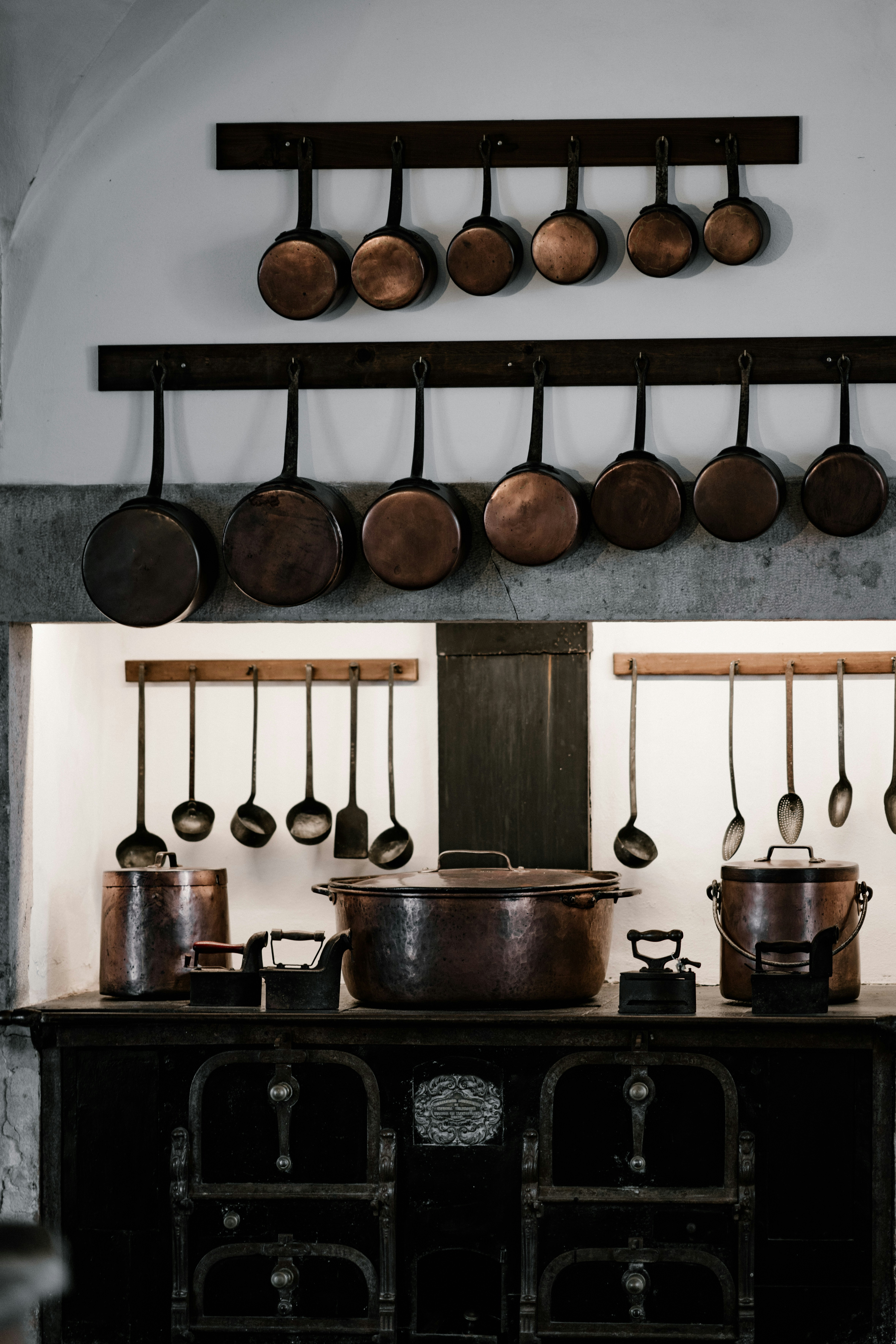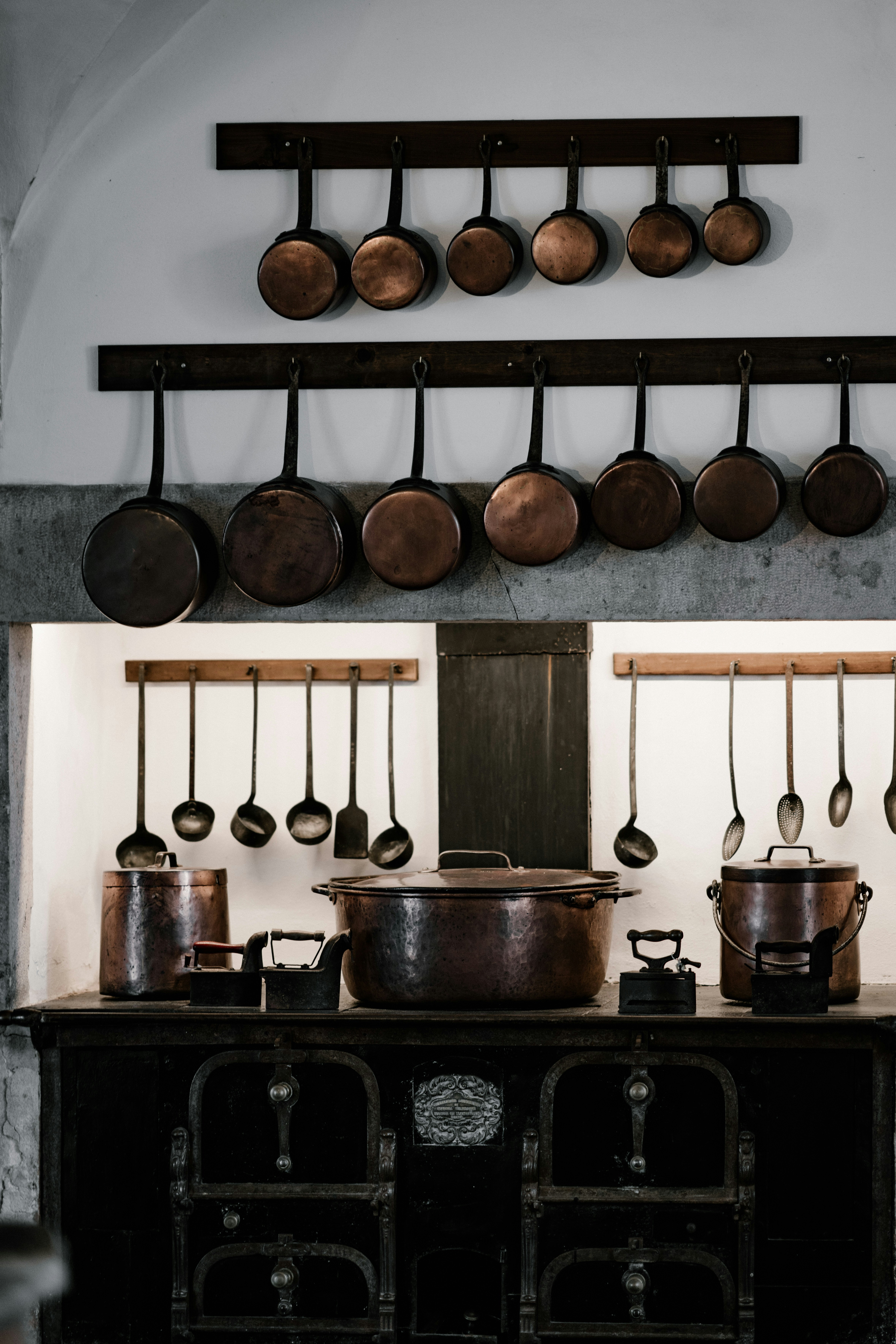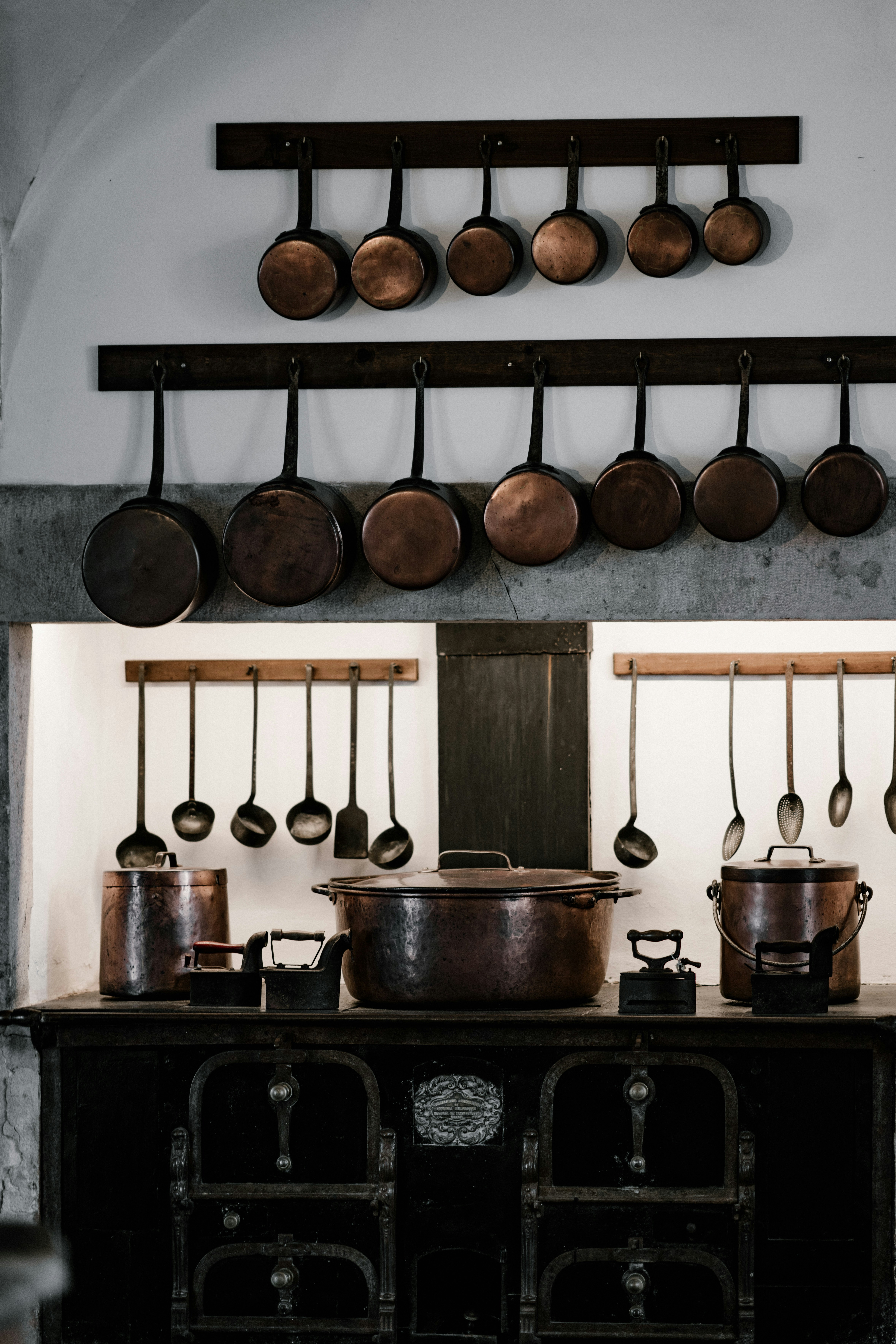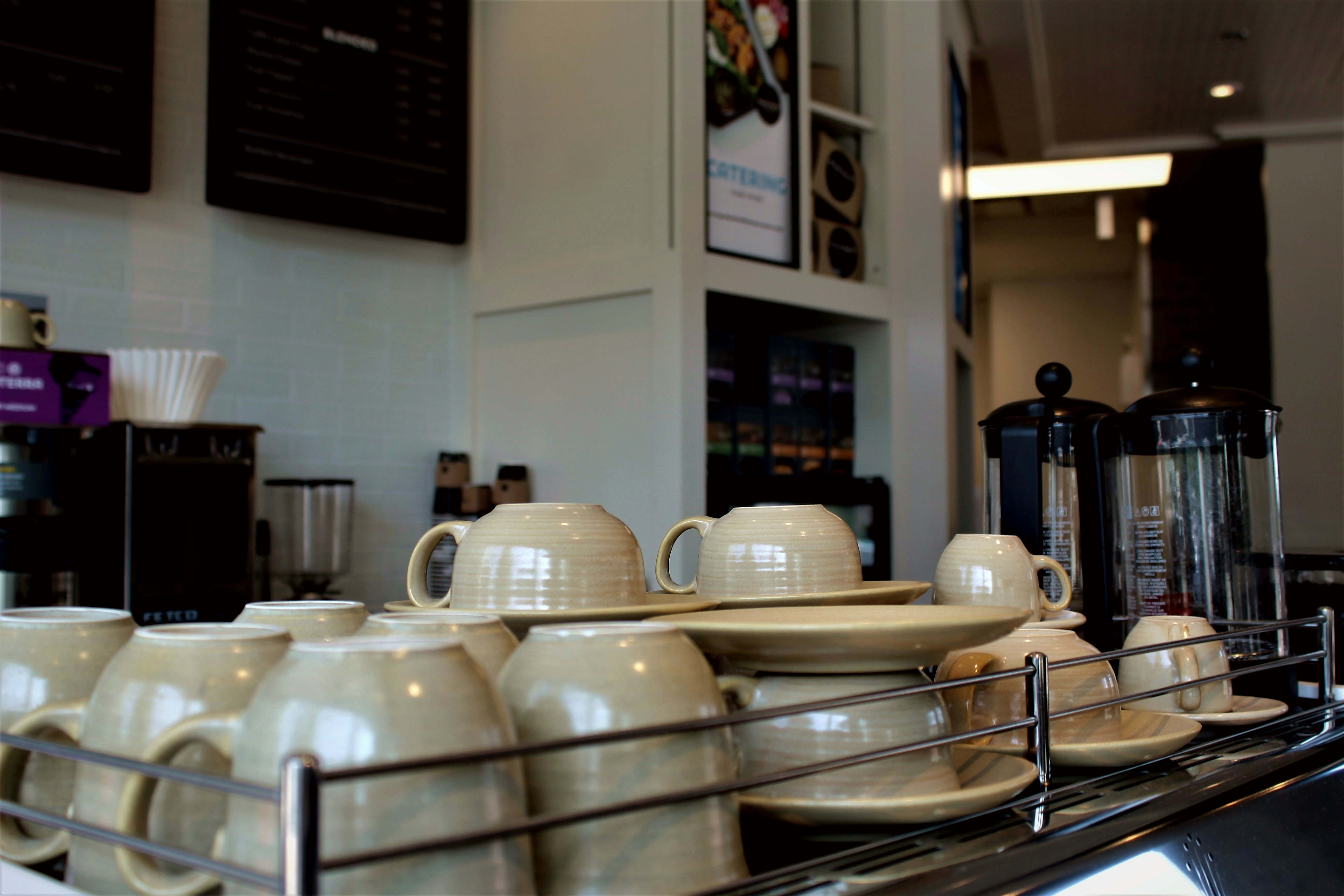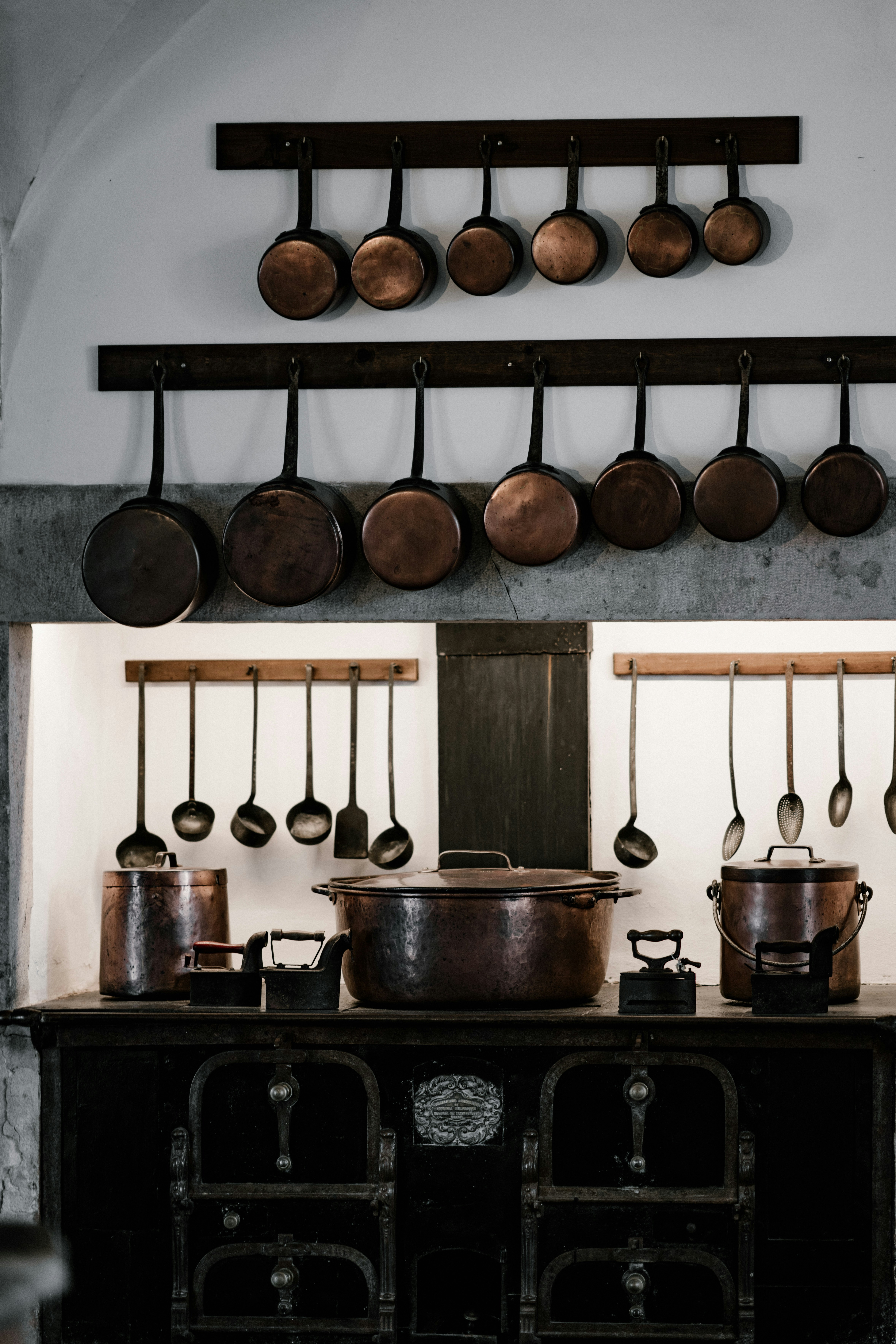Avoid These Common Mistakes with Restaurant Kitchen Equipment

Strong 8k brings an ultra-HD IPTV experience to your living room and your pocket.
Commercial kitchen equipment is essential to a restaurant's success—but even the best tools can fail when misused, neglected, or poorly chosen. Many restaurant owners and managers make critical mistakes with their equipment, resulting in higher costs, reduced efficiency, and even safety risks. Knowing what to avoid can save your business time, money, and stress in the long run.
This guide outlines the most common restaurant kitchen equipment mistakes and how to prevent them, helping you get the most from your investment and keep your kitchen running at peak performance.
1. Buying Equipment Without Assessing Actual Needs
One of the biggest mistakes restaurant operators make is purchasing equipment without fully evaluating what’s necessary for their specific menu or volume.
Why It's a Problem:
Buying oversized, overpowered, or unnecessary equipment can waste valuable space and increase utility costs. Conversely, buying equipment that’s too small or underpowered for your needs results in slow service and unhappy customers.
How to Avoid It:
Analyze your menu and daily output requirements
Consider future expansion plans
Consult with your chef or kitchen manager before purchasing
Choose versatile, multi-functional equipment when possible
2. Ignoring Energy Efficiency
Energy consumption is one of the highest ongoing expenses in a commercial kitchen, yet many restaurant owners fail to consider energy ratings when choosing equipment.
Why It's a Problem:
Older or inefficient appliances drive up utility bills and may not comply with modern environmental standards.
How to Avoid It:
Look for ENERGY STAR® certified equipment
Evaluate lifetime operational costs—not just the purchase price
Invest in smart appliances with programmable controls or auto-shutoff features
3. Poor Equipment Placement in the Kitchen Layout
How you position your equipment matters just as much as what you buy. Poor layout decisions can disrupt workflow and cause safety hazards.
Why It's a Problem:
Improper spacing can lead to traffic bottlenecks, cross-contamination, or heat transfer between incompatible appliances.
How to Avoid It:
Follow the natural flow of the kitchen: storage → prep → cooking → plating → dishwashing
Keep hot equipment away from refrigerators and cold prep stations
Ensure there’s enough space between units for staff movement and cleaning access
4. Skipping Preventive Maintenance
All kitchen equipment requires regular care to function properly. Skipping or delaying maintenance is one of the most costly mistakes a restaurant can make.
Why It's a Problem:
Neglected equipment is prone to breakdowns, inefficiency, and may void manufacturer warranties.
How to Avoid It:
Create a preventive maintenance schedule for daily, weekly, and monthly tasks
Train staff to report early signs of wear or malfunction
Partner with a local service provider for annual inspections and professional servicing
5. Using the Wrong Cleaning Products or Techniques
Not all commercial kitchen equipment can handle bleach, abrasives, or high water pressure. Using improper cleaning tools can damage components and shorten lifespan.
Why It's a Problem:
You could damage coatings, corrode metal surfaces, or ruin sensitive parts like gaskets, sensors, or electrical controls.
How to Avoid It:
Always follow the manufacturer’s cleaning instructions
Use food-safe, non-corrosive cleaning agents
Avoid steel wool and harsh scrubbers on stainless steel or non-stick surfaces
Train staff in proper cleaning procedures
6. Failing to Train Staff on Equipment Use
Even top-of-the-line equipment can be dangerous or inefficient in the wrong hands. Many kitchens suffer from improper use simply because staff were never properly trained.
Why It's a Problem:
Misuse can cause injuries, poor food quality, and accelerated equipment wear.
How to Avoid It:
Provide hands-on training during onboarding and regular refreshers
Post quick-reference guides or safety stickers near each piece of equipment
Assign equipment "champions" or leads who ensure proper usage during shifts
7. Overlooking Ventilation and Heat Management
Ventilation plays a critical role in the performance and safety of commercial kitchen equipment. Yet it's often ignored during installation or kitchen planning.
Why It's a Problem:
Poor ventilation leads to equipment overheating, grease buildup, and unpleasant working conditions for staff.
How to Avoid It:
Install adequate hoods, ducts, and exhaust systems
Clean filters regularly and schedule duct cleaning every 6 to 12 months
Ensure equipment is installed with proper clearance from walls and other appliances
8. Not Calibrating Equipment Regularly
Temperature-critical equipment like ovens, refrigerators, and fryers must be calibrated periodically to ensure accurate cooking and storage.
Why It's a Problem:
Inaccurate temperatures can result in undercooked food, health code violations, and inconsistent product quality.
How to Avoid It:
Use thermometers to cross-check equipment temperatures regularly
Schedule calibration checks (especially for thermometers, fryers, and ovens)
Replace faulty sensors or thermostats promptly
9. Stocking Incompatible or Low-Quality Accessories
Buying low-cost or off-brand accessories, such as pans, blades, or attachments, can damage your primary equipment or affect food quality.
Why It's a Problem:
Cheap accessories may not fit or function correctly, increasing wear and safety hazards.
How to Avoid It:
Always buy OEM (original equipment manufacturer) parts and accessories
Match accessories to your brand/model for optimal performance
Don’t force incompatible attachments—it could void warranties
10. Failing to Track Equipment Lifespan and Replacement Needs
Every piece of equipment has a service life. Too many restaurants hang onto old or unreliable machines far past their useful years, hoping to “just make it work.”
Why It's a Problem:
Outdated equipment becomes inefficient, difficult to repair, and a drag on daily operations.
How to Avoid It:
Keep a master list of all kitchen equipment with purchase and service dates
Track repair frequency and costs
Budget for strategic replacements over time to avoid financial shocks
11. Overloading Equipment Beyond Its Capacity
When trying to keep up during busy hours, it’s tempting to push equipment harder than it was built for. But overloading leads to premature failure.
Why It's a Problem:
You risk overheating, uneven cooking, or overworking motors, which shortens lifespan and increases energy use.
How to Avoid It:
Follow manufacturer guidelines for batch sizes or weight limits
If you consistently exceed equipment capacity, it’s time to scale up
Train staff to recognize the difference between efficiency and overuse
Conclusion: Smart Equipment Use Prevents Expensive Mistakes
Restaurant kitchen equipment is a major investment, but it only pays off when used correctly. Avoiding common mistakes—from improper cleaning to poor training and neglect—can dramatically extend the life of your tools and appliances. Ultimately, this means lower costs, safer staff, more consistent food, and a smoother operation overall.
By staying proactive and educating your team, you ensure your equipment performs at its best—supporting your kitchen’s success every single day.
Note: IndiBlogHub features both user-submitted and editorial content. We do not verify third-party contributions. Read our Disclaimer and Privacy Policyfor details.



